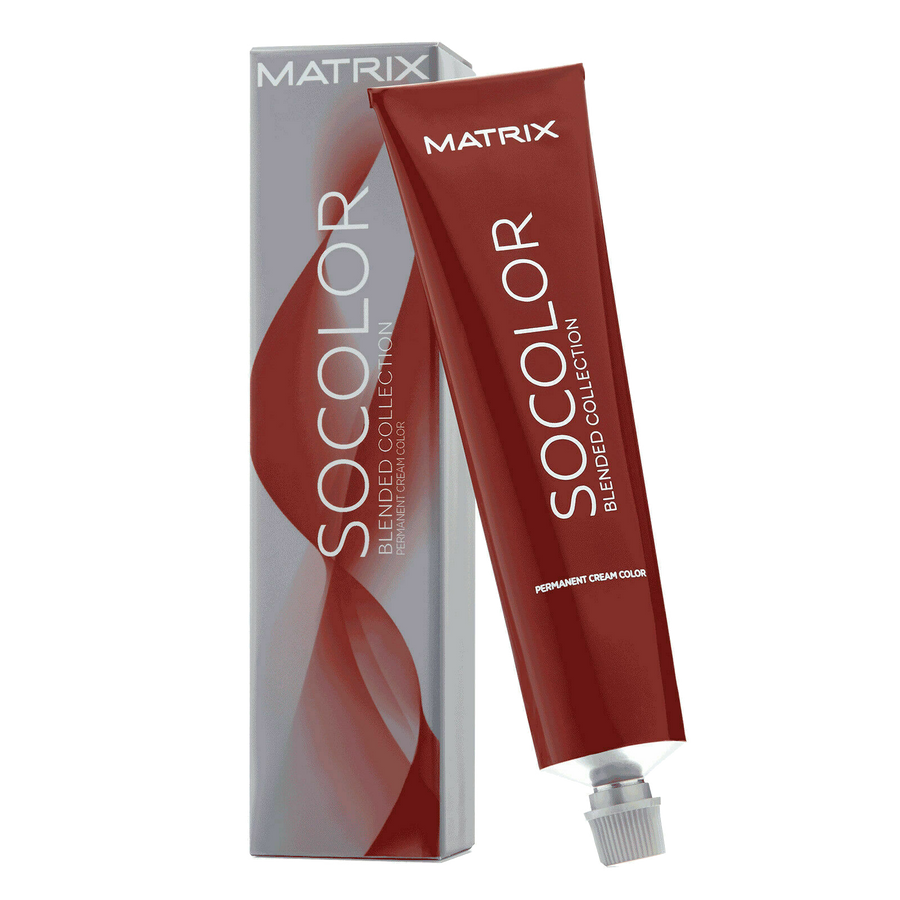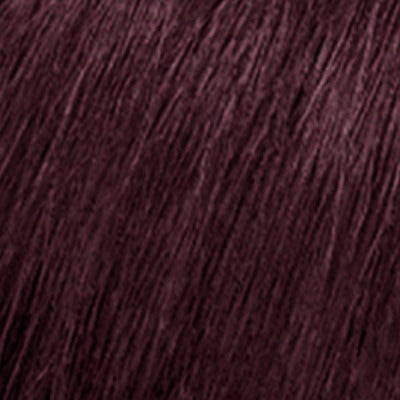Unlock the Secrets of Hair Porosity with Smooth & Charming
As a passionate seeker of optimal hair health, you likely invest time and energy into understanding various aspects of your hair's unique needs. Beyond texture and type, there is a whole world of factors that influence how your hair behaves and responds to products, and knowing how to navigate these complexities is fundamental to achieving lustrous, well-nourished locks. One often disregarded aspect of your hair's behaviour is porosity, which determines your hair's ability to absorb and retain moisture. By understanding and mastering your hair's porosity, you can more effectively cater to its unique needs and ensure optimal hydration and overall hair health.
Here at Smooth & Charming, we are dedicated to providing the in-depth knowledge you need to make the most of your hair care routine. So, let’s explore the concept of hair porosity, explaining its importance in determining your hair's unique needs and how to care for different porosity levels. We will walk you through the process of assessing your hair's porosity, sharing expert tips on how to adjust your hair care routine to suit your specific absorption levels and preferences.
Are you ready to embark on this insightful journey? Let us guide you toward mastering hair porosity with Smooth & Charming and change how you think about hydration and hair health.
Delving into the World of Hair Porosity
Recognizing and understanding the rarely-discussed concept of hair porosity is key to unlocking the full potential of your hair care routine. Hair porosity refers to your hair strands' ability to absorb and retain moisture and affects how readily hair reacts to products, water, and environmental factors.
An Overview of Porosity Levels
Hair porosity is typically categorized into three levels: low, medium, and high. Each comes with its unique attributes and requires specific care to achieve well-nourished, healthy hair.
Identifying Your Hair Porosity
Before adjusting your hair care routine to suit your unique porosity level, it's crucial to identify your hair's absorption capabilities. Assess your hair's porosity through two popular approaches:
1. Float Test
Fill a glass with water and place a single, clean hair strand in it. Observe the strand's behavior: if it floats, it indicates low porosity; if it sinks to the middle, it suggests medium porosity; and if it sinks to the bottom, it demonstrates high porosity.
2. Spray Test
Spritz a section of dry, clean hair with water and observe how the water behaves. If it beads up on the surface, your hair is likely low porosity; if it absorbs directly, your hair has a higher level of porosity. Ideally, water absorption should be gradual, indicating medium porosity.
Caring for Your Hair According to Porosity Levels
Once you have identified your hair's porosity, you can adjust your hair care routine to cater to your specific absorption levels. We offer tailored advice for caring for each porosity level below:
1. Low Porosity: Moisture-resistant and Prone to Buildup
Low porosity hair tends to be tight and resistant to external factors. Moisture and products have difficulty penetrating the hair shaft, leading to buildup and potential dryness.
- Use light, easily absorbable oil, like grapeseed or jojoba oil, to seal in moisture.
- Ensure thorough and frequent cleansing to prevent product buildup.
- Apply heat when deep conditioning to help open the hair cuticle and improve moisture absorption.
2. Medium Porosity: Moderate Absorption and Minimal Maintenance
Medium porosity hair is the ideal type, with efficient moisture absorption and retention presenting minimal challenges to maintain.
- Stick with a balanced regimen of moisture and protein, using protein treatments as needed.
- Minimize the use of heat styling tools and chemical treatments, which can increase hair porosity over time.
3. High Porosity: Quick Absorption and Excessive Frizz
Highly porous hair absorbs moisture rapidly but loses it just as quickly, exacerbating frizz and dryness issues. The hair cuticle is raised, resulting in rough, tangled strands.
- Employ heavy products—such as butters, creams, or castor oil—known to seal in moisture.
- Utilize protein treatments to strengthen the hair shaft and minimize porosity.
- Adopt protective styling techniques, such as braids or twists, to shield your hair from environmental stressors.
Expert Tips for Navigating Hair Porosity Challenges
Beyond adjusting your hair care routine to accommodate porosity, consider these expert tips to ensure optimal results:
1. Incorporate Regular Trims
Trimming your hair every six to eight weeks can help maintain balanced porosity levels, reducing the risk of split ends and breakage.
2. Deep Conditioning Is Essential
Regardless of your hair's porosity, a consistent deep conditioning routine is vital to preserve moisture levels and prevent damage.
3. Keep an Open Mind and Experiment
Not all hair reacts the same way to specific treatments and products. Be open to trial and error to discover what ultimately works best for you.
Master Hair Porosity with Smooth & Charming
Embrace the power of understanding and navigating hair porosity with Smooth & Charming. Check out our hair and beauty products online and achieve stunning, well-nourished locks. Begin your transformative journey today.




